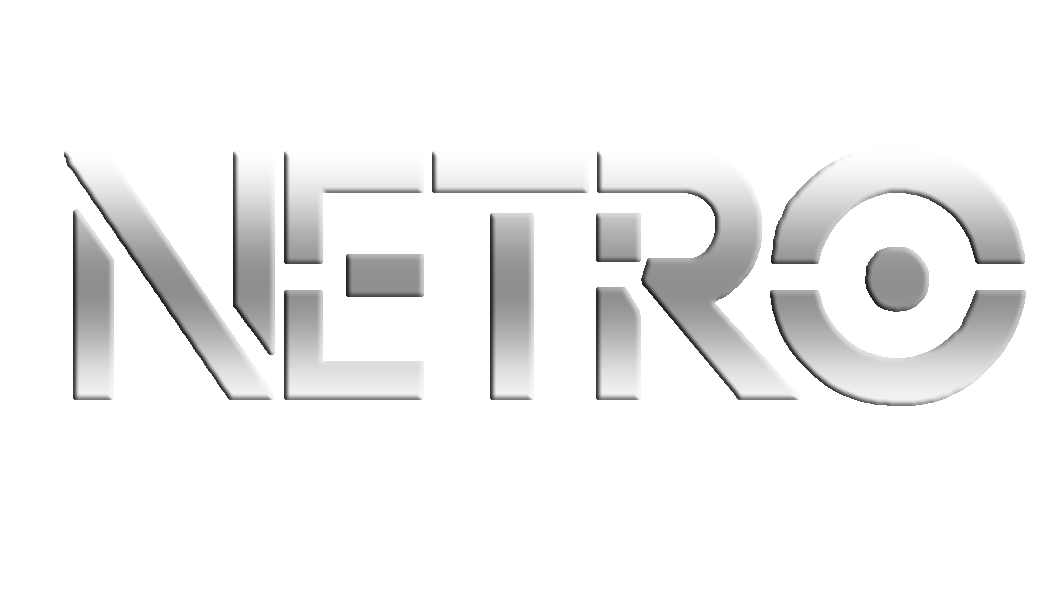No matter the size, sector, or industry, every business needs to have a thoughtful strategy for growth. Macro factors like persistent technological disruption and globalization have made it much more likely for today’s business winners to become tomorrow’s business leaders.
Running business day-to-day I come to the opinion how is important to understand players’ needs, understand how they live, what they like, and what makes them happy in our games.
Knowing your target audience is an essential part of business strategy.
Standing still isn’t an option. Instead, you and your colleagues must create and constantly refine your business strategy to provide the most value to your customers.
So how do you do this?
My answer is simple: leveraging market research Market research is an incredibly useful tool that can help you determine what your ideal customer really wants.
With this knowledge, you can design a killer business strategy that helps you accomplish your business goals.
Different Ways of Conducting Market Research
The market research gives you a detailed look at what your target customers are searching for in their lives.
That said, many companies are failing to incorporate market research into their work.
Recently, I have reviewed one survey and found out that 63%of companies have out-of-date customer information. 60% also reported that they don’t have any data for certain customers. Without investing in market research, those companies find it much more difficult to develop a coherent and profitable business strategy.
Ultimately, there are several different tools that companies can use to evaluate their target audience’s opinion and the market generally. All of these approaches have their advantages and disadvantages. Small and large companies alike can use some or all of these tools to gain that precious customer feedback and incorporate it into their overall business strategy.

The first tool is the case study. As described in Gary Thomas and Kevin Myers’s book The Anatomy of the Case Study, a case study is an analysis of persons, events, decisions, or more that are studied holistically by one or more methods. Ultimately, however, a case study is looking at the complex interaction of many factors in a particular situation. Yet even while a case study is looking at these complex scenarios, Thomas in How to Do Your Case Study says the case study is about the particular instead of the general.
A case study can help you look at how and why certain types of behavior occur. They help you get to the core of why certain customers behave the way that they do. Therefore, don’t hesitate to design a case study around a particular customer’s experience with your product, service, or company. You are likely to find some interesting insights.
There is also the questionnaire. Questionnaires, as you likely know, are a series of questions that you ask a certain subset of people. You may have already participated in a questionnaire for another company in your personal or professional life.
As Bill Gillham describes in Developing a Questionnaire, questionnaires are easy to construct. It is much more difficult to find reliable or insightful data. If you want to use a questionnaire, you must spend a significant amount of time making sure your data is reliable. Creating insightful questions and ensuring that you have a high-quality audience sample are several important steps in creating great questionnaires.
From the questionnaire, you can use focus groups. Focus groups are group interviews involving a preset number of people. In a focus group, you can ask participants about everything from a product or service to even a recent marketing campaign. Focus groups are powerful because you get live feedback from a pre-selected audience. Moreover, those participants can interact with each other, yielding new and unexpected insights. That said, you want to make sure that the participants avoid conformity bias when giving feedback.
Finally, there are interviews. As you likely know, interviews are one-on-one conversations with another individual. In this context, you can get an individual’s granular thoughts on virtually anything related to your business. However, you need to be careful about the many biases around interviews, including asking questions in the wrong order or influencing the interviewee in some way. By mitigating these biases, however, you can get some great market insights from one-on-one interviews.
Getting Started With Your Market Research
I can sum up that regardless of the tools you are using, you can rely on these four options to better understand your customers. With that data, you can then alter your business strategy to provide much more customer value and reach your growth goals.
In the end, the best time to get started is right now.





